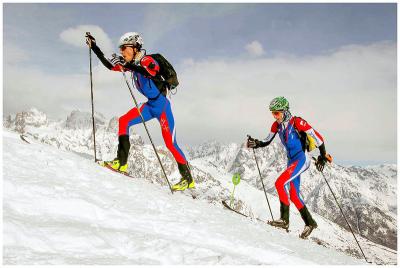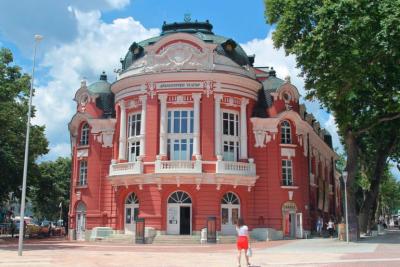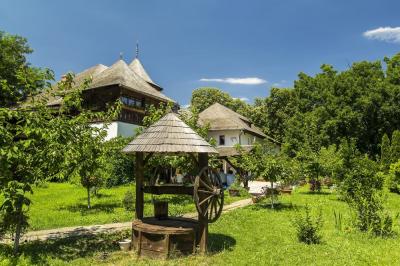Welcome to Malaysia
With ancient rainforests and tropical islands with sandy beaches, there’s no question that Malaysia is a popular location for scuba diving, snorkeling and trekking. Jet skiing and paragliding are also usually available at the major resorts in Penang, Langkawi and Tioman, but Cherating, the windy east coast bay that is popular with budget tourists, is a favourite among windsurfers. Regardless of where you may go, however, make sure that your travellers’ insurance covers you for these activities.
Snorkelling, Diving and Windsurfing
With its tropical and crystalline waters that are rich in marine life, Malaysia is ideal for snorkelling and diving – especially in the Sipidan Island Marine Reserve in Sabah and in the Perhentians, Redang, Kapas and Tioman islands located on the eastern coast of the peninsula.
You can do internationally recognized certification courses for all levels at dive shops like those in Sabah’s Kota Kinabalu and Sarawak’s Miri. Qualified divers will pay about RM180 for a day-long dive trip, which includes the costs of renting your gear.
It’s possible to rent snorkelling gear for approximately RM20 from most beach guesthouses. Be sure to stay in the correct line, if marked, to avoid accidents with motorized boats in popular snorkelling areas. As always, coral is fragile and cannot be repaired if you touch or stand on it – not to mention the pain caused by fire coral and sea urchins when you stand on them.
While windsurfing is not yet a popular sport beyond Malaysia’s more expensive resorts, Cherating does offer opportunities for travelers with smaller budgets. The northeast monsoon season is the best time for the sport in Cherating’s expansive yet open waters. In contrast, whitewater rafting has gained popularity – particularly on the grade 3 Sungai Padas in Sabah, which runs through Padas Gorge at the river’s most northern end.
Trekking
Like trekking elsewhere in southeast Asia, Malaysian treks require a fair amount of preparation due to the unforgiving sun, unpredictable tropical climate and other potential weather changes that can drastically affect river heights and trail conditions without warning. While November to February (rain season) sees fewer crowds, this time of year is less humid and not over-crowded, but other than this the time of year for trekking in Malaysia bears little significance on your trip.
If you’re looking to do a trek in a national park, you will need to go with a guide and in a group, which you can join on location. The price and conditions for each park varies according to various criteria that can be found in their guides, but this information is also available from tour companies based in Kuala Lumpur, Kuching, Miri and Kota Kinabalu.
Taman Negara is the best option for amateur trekkers as most of its walks do not require a guide yet still offer a large variety of walks to do. In southwest Sarawak, Bako National Park is a good choice for easy day hikes. More experienced trekkers should head to other parks like Gunung Mulu in Sarawak or, for the greatest challenge, the Maliau Basin in Sabah. Serious expeditions can be done in the southern part of the Malaysian Peninsula at Endau-Rompin Park, which is mostly inaccessible. Sabah’s Mount Kinabalu Park is exceptionally demanding, but offers many rewards for trekkers and climbers.







